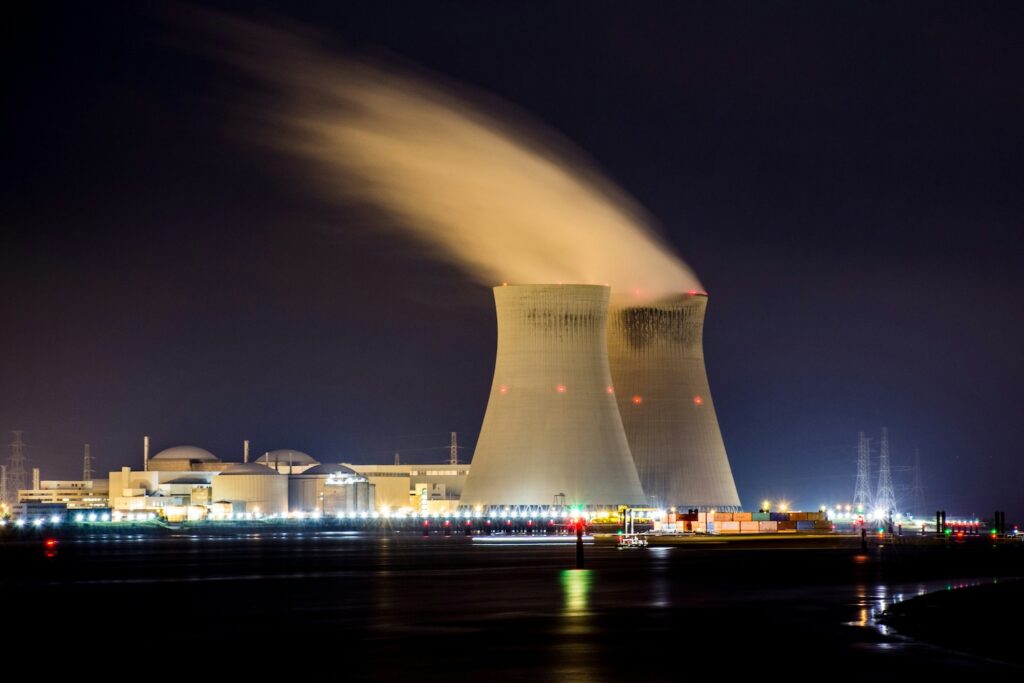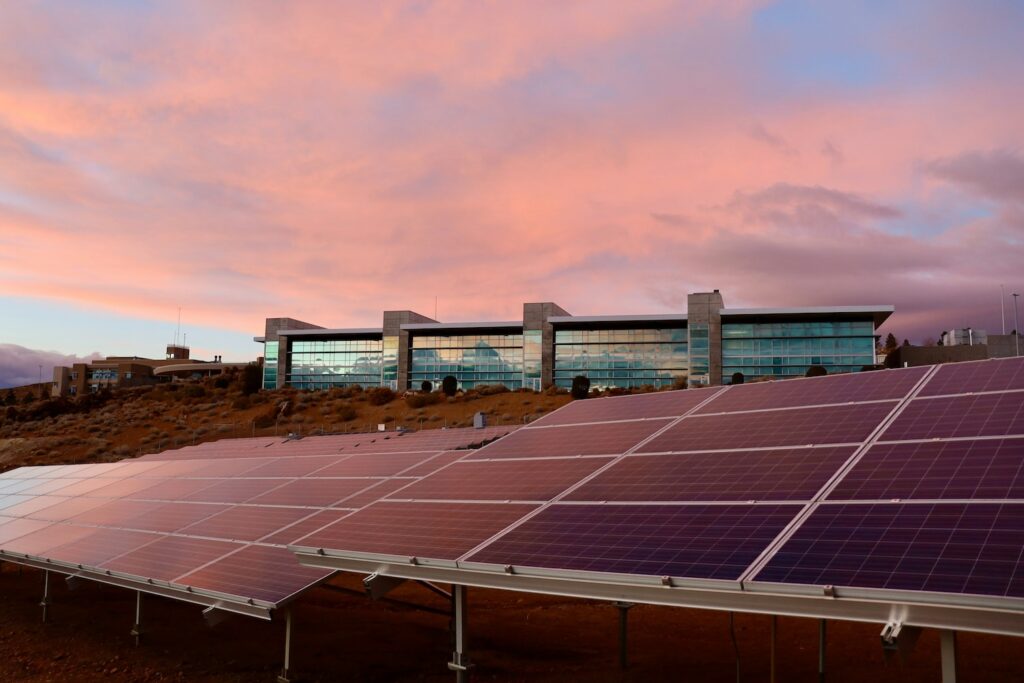
Nuclear energy in Spain: strategic implications of the phase-out decision
Spain’s 2019 agreement to completely phase out nuclear power by 2035 marks a pivotal moment for the nation’s energy security, economic stability, and decarbonization goals.
This technical assessment delves into the complex implications of this decision, analyzing its impact within the broader context of global energy transitions. It aims to provide a detailed overview for industry stakeholders.
The timeline for the phase-out, set without thorough technical or economic assessments of the long-term impacts, presents significant challenges. These include maintaining grid stability, achieving carbon reduction targets, and sustaining industrial competitiveness amid a rapidly evolving global energy landscape.
Current nuclear infrastructure assessment
Nuclear power currently supplies about 20% of Spain’s electricity, with seven operational reactors providing a combined baseload capacity of 7.1 GWe. These reactors are key to the nation’s grid stability, offering reliable, dispatchable, and carbon-free electricity due to their high capacity factors.

The planned decommissioning, beginning with Almaraz 1 in 2027 and ending with the final shutdown in 2035, will create a substantial gap in baseload generation, necessitating careful and comprehensive planning. Despite their age, these facilities have been consistently upgraded with significant investments in safety, digital control systems, and component replacements, ensuring their modernization over the past decade.
Performance metrics show that Spanish nuclear plants maintain world-class reliability and safety standards, with minimal unplanned outages. They are regularly ranked in the top quartile of global nuclear performance indicators, including those from the World Association of Nuclear Operators (WANO) and the International Atomic Energy Agency (IAEA), underscoring their technical excellence.
Socioeconomic impact analysis
The nuclear industry is crucial in sustaining around 28,000 high-value technical and non-technical jobs that offer salaries well above the national average. These roles form a significant part of the economic backbone in regions hosting nuclear facilities, where they serve as key employers.
The projected cost for decommissioning these facilities is estimated at €20.2 billion, a figure that will have a profound impact on regional development in the affected areas. Moreover, the nuclear sector substantially boosts local economies through contributions to tax revenues, educational institutions, and infrastructure development.
Regions facing nuclear facility closures are at risk of not having enough high-value employment opportunities to re-employ the specialized workforce. This could lead to demographic shifts and socioeconomic decline, echoing the challenges faced by other post-industrial areas in Europe.
Technical viability of plant life extension
Modern nuclear engineering evaluations confirm that, with proper maintenance and modernization, Spain’s nuclear reactors could safely operate for 60 to 80 years, aligning with international best practices.
These facilities have been kept at peak performance through comprehensive monitoring of components, adherence to predictive maintenance protocols, and strategic capital investments. Reports reveal that Spanish reactors excel in safety and efficiency. requirements.
Critical evaluations of reactor pressure vessels, primary circuit piping, and containment structures show that these components have significant operational life remaining beyond the standard 40-year service period.
Following these, Spain has established rigorous protocols for managing aging, qualifying equipment, and ensuring the reliability of safety systems. This is supported by thorough metallurgical analyses, non-destructive testing, and advanced computational modeling, all of which affirm the structural integrity of these systems.
Those assessments are a positive first step confirming the potential to safely operate beyond.
Regulatory framework considerations
Spain’s nuclear regulatory framework requires significant updates to align with the evolving European taxonomy, which now recognizes nuclear power as a sustainable investment. This alignment with international standards is crucial to accommodate the extended operational viability of modern nuclear facilities. Additionally, Spain’s National Integrated Energy and Climate Plan (PNIEC) needs recalibration to reflect the technical realities of grid stability and carbon reduction commitments.
The current regulatory approach places disproportionate financial burdens on nuclear operators when compared to other energy generation technologies. This creates economic disadvantages that do not reflect nuclear energy’s critical contributions to system stability and climate goals. A comparative analysis with OECD nations shows that Spain’s regulatory practices deviate markedly from international best practices, especially in terms of license renewal processes and the financial treatment of nuclear assets.
A regulatory disconnect exists between Spain’s climate commitments and nuclear policies, resulting in contradictions that compromise both objectives. Adopting a risk-informed, performance-based regulatory framework, similar to those in the United States, France, and Canada, would ensure more appropriate safety oversight. This approach would eliminate arbitrary constraints that are not based on the actual conditions or performance of the nuclear plants, thus supporting a more balanced and scientifically grounded regulatory environment.
Strategic energy security implications
The planned removal of nuclear baseload capacity in Spain will require significant investment in intermittent renewable sources and grid-scale storage technologies, which are not yet viable at the necessary scale. This shift will likely increase dependence on natural gas imports, making the economy vulnerable to price volatility and geopolitical risks, along with requiring substantial capital for infrastructure that exceeds current plans.

While Spain is at the forefront of renewable energy in Europe, transitioning away from nuclear power will result in a generation portfolio increasingly dependent on weather conditions. To maintain system reliability in the absence of nuclear energy, Spain faces a choice: continue relying on fossil fuels or make substantial investments in synchronous condensers and grid-forming inverters, both of which come with high costs.
Furthermore, the geographic concentration of renewable resources poses transmission challenges, necessitating extensive grid enhancements to handle congestion and ensure stability. In the Iberian Peninsula, the variability of renewable production, particularly the drop in solar output during winter when demand spikes, introduces further risks. Compensating for the loss of nuclear stability in capacity adequacy calculations will require a much larger margin of installed capacity, escalating system costs that will ultimately be passed on to consumers and businesses.
Decarbonization pathway analysis
Analysis of Spain’s decarbonization pathway suggests that prematurely decommissioning nuclear power plants will likely increase the carbon intensity of the country’s electricity sector. Case studies from Germany and Japan show that reducing nuclear power often leads to higher fossil fuel use and increased emissions.
Maintaining nuclear power aligns with the technical requirements needed to meet Spain’s EU climate commitments. Models predicting emissions based on hourly power generation show that phasing out nuclear power could significantly raise Spain’s carbon emissions by 2040. This rise would occur during a critical period for global emissions reduction, as identified by the IPCC to limit global warming to 1.5°C.
Eliminating nuclear power complicates decarbonization efforts, possibly requiring the use of emissions-heavy gas generation for system balance or compromising on reliability standards. System-wide modeling indicates that keeping nuclear plants operational could reduce the overall costs of decarbonization, mainly by avoiding the need for new infrastructure and minimizing integration expenses for renewable sources.
Spain’s decision to phase out nuclear power by 2035 raises substantial challenges for its energy security, economic stability, and decarbonization efforts. Preserving nuclear capacity while expanding renewable energy is crucial to maintaining a reliable and sustainable energy system. Adopting a fact-based, technical approach to energy planning will be vital for Spain to navigate the complex transitions ahead and meet its long-term climate and industrial goals effectively.



